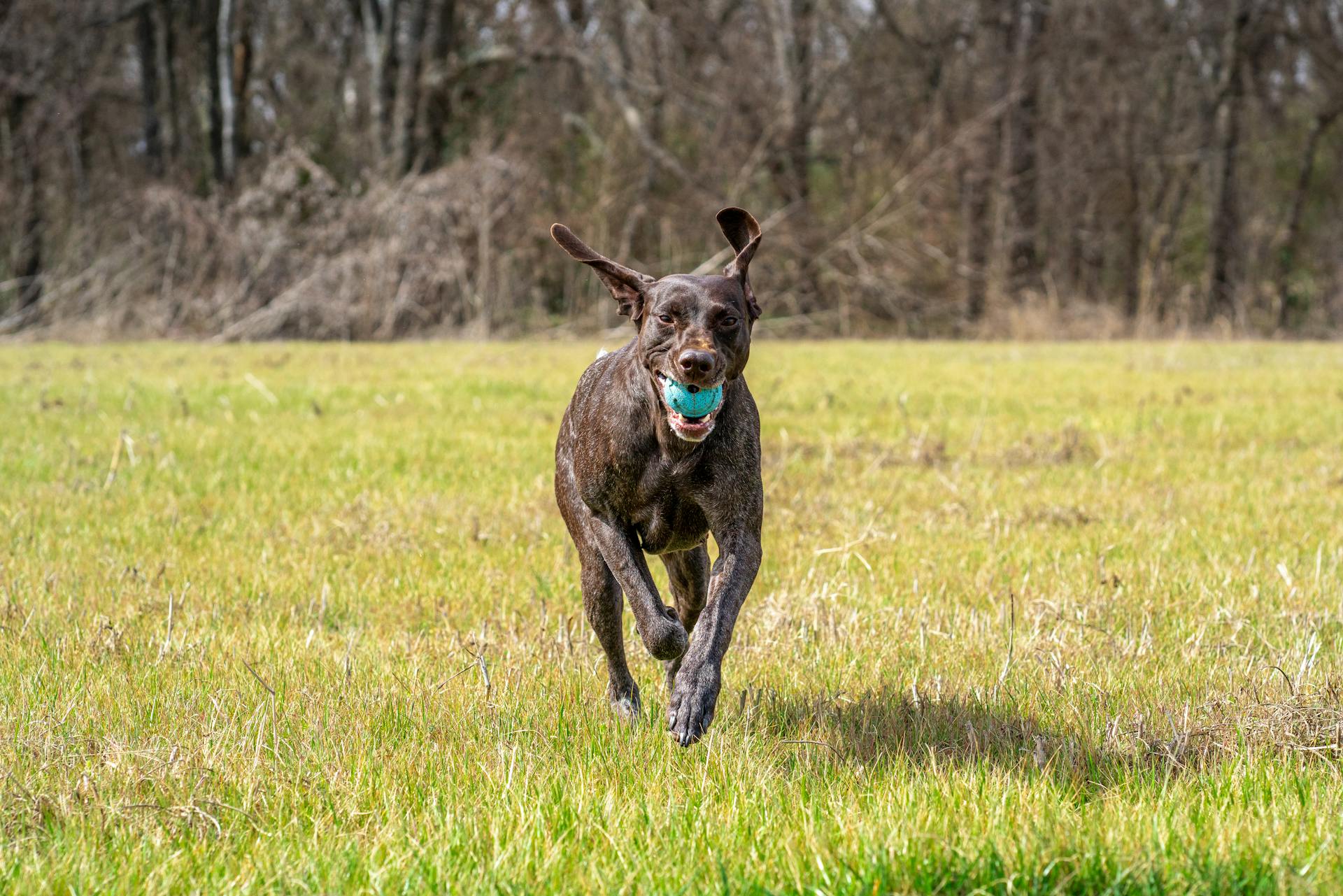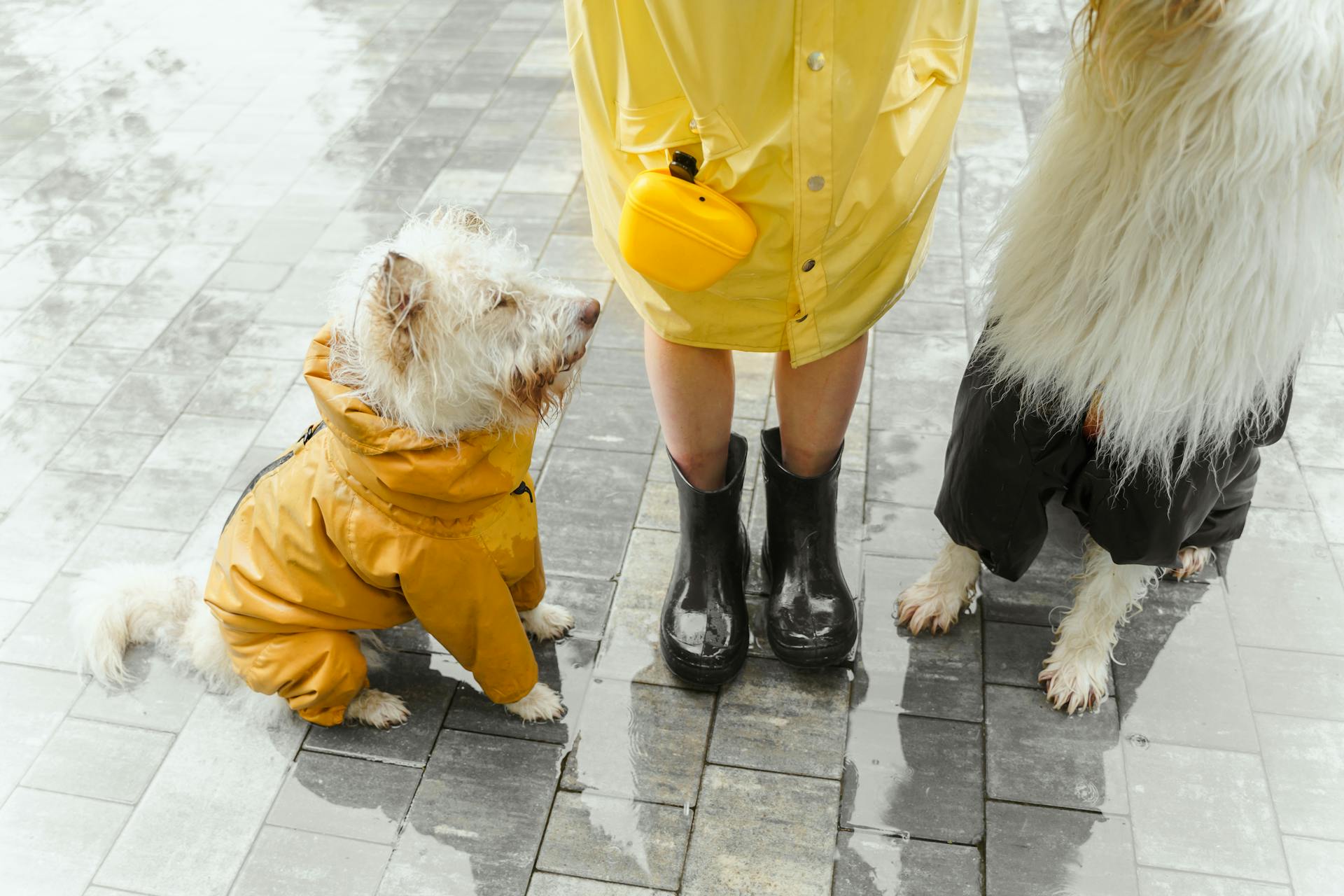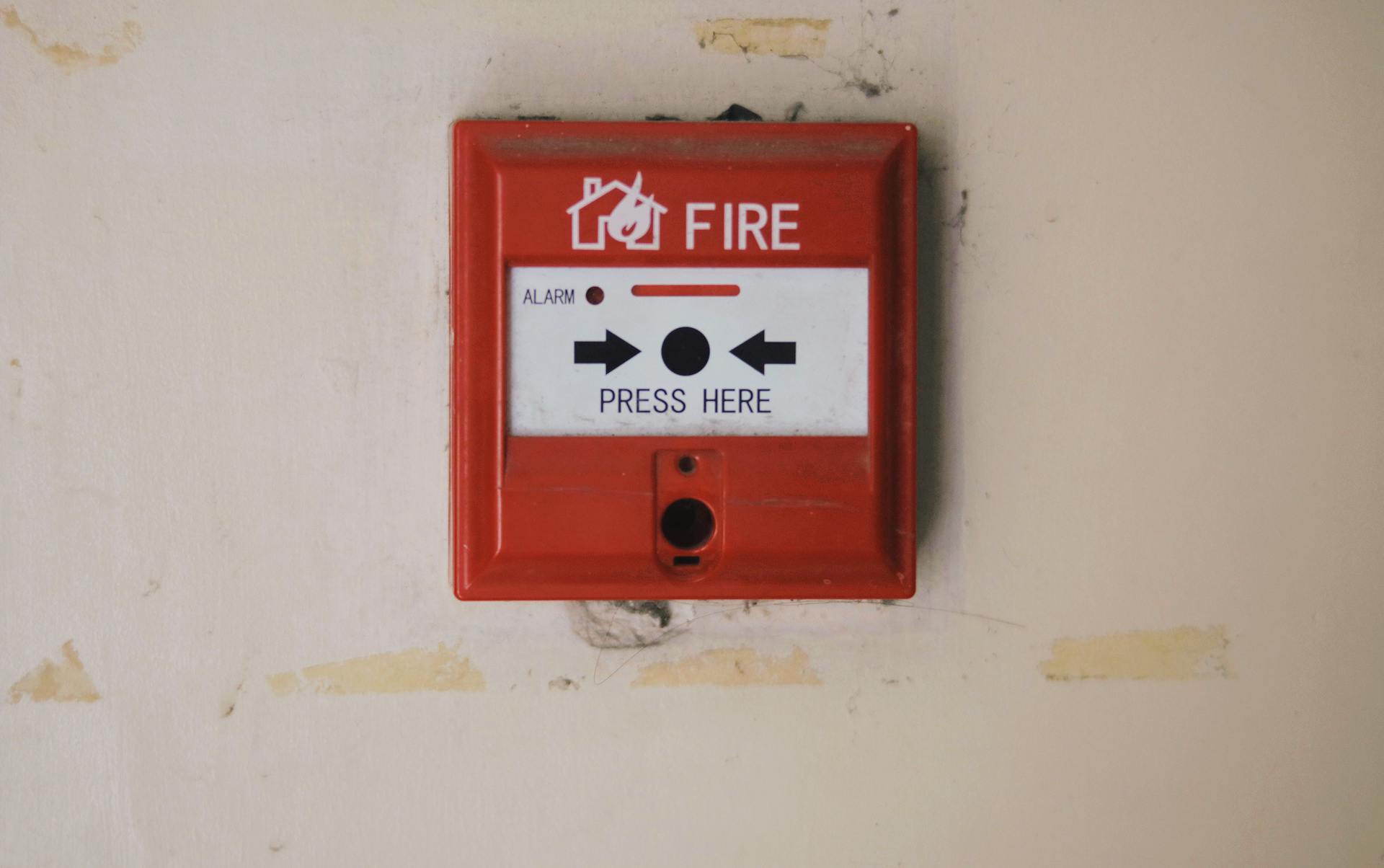
Training a dog to detect gluten requires patience and consistency, with training sessions typically lasting between 30 minutes to an hour, three to four times a week.
Dogs with a strong prey drive and high energy levels are often the best candidates for gluten detection training, as they are naturally more motivated to search and follow scents.
The training process involves teaching the dog to associate the scent of gluten with a specific reward, such as a treat or praise, and gradually increasing the difficulty of the scents they need to detect.
With proper training and socialization, a dog can learn to detect gluten in a variety of settings, including in food and on surfaces.
What Is Detection
Detection is a remarkable tool that has improved the lives of individuals with celiac disease or severe gluten intolerance.
A gluten detection dog uses its acute sense of smell to identify gluten in food and other products.
These dogs are specifically trained to detect gluten, a protein present in wheat, barley, and rye.
Gluten detection dogs provide emotional support, enhancing the quality of life for their owners.
Inadvertent consumption of gluten can lead to serious health complications, making detection a crucial aspect of their owners' lives.
How to Train
To start training a gluten detection dog, begin with a breed known for a strong sense of smell and a keen ability to focus, such as Labradors or German Shepherds.
Basic obedience training is essential to ensure the dog responds to commands and can maintain concentration. This is crucial for the dog to learn and adapt to the training process.
Introduce gluten detection training using positive reinforcement methods, starting with presenting gluten samples in a controlled setting. Reward the dog with treats or praise for correctly identifying gluten.
As the dog becomes proficient in detecting gluten, increase the complexity of training by introducing different gluten-containing products. This will help the dog adapt to detecting gluten under different conditions.
Practice training in varied environments, such as at home, in stores, or public spaces, to reduce the risk of false alerts.
For another approach, see: Different Kinds of Dog Training
Effectiveness and Accuracy
Smell-detection dogs can't always be 100% accurate, but they're quite good at detecting gluten.
They make errors, get distracted, or get sick, just like humans do.
To be certified as a gluten-sniffing dog, they must be 100% accurate during their training period.
These dogs are the best option for people with severe gluten reactions, making them a valuable tool for those in need.
On a similar theme: Healthy Mind Canine - Separation Anxiety Training
Benefits and Costs
Having a gluten detection dog can significantly reduce the risk of accidental exposure to gluten, especially when eating out or trying new foods.
These dogs offer a reliable way to detect gluten in everyday items, giving people with celiac disease or gluten intolerance a heightened level of safety and peace of mind.
The presence of a gluten detection dog can lead to increased freedom and confidence, as it alleviates the constant worry about gluten contamination.
Benefits of Training
Training a gluten detection dog can be a life-changing experience for those with celiac disease or gluten intolerance.
These dogs offer a reliable way to detect gluten in everyday items, significantly reducing the risk of accidental exposure. Their presence can alleviate the constant worry about gluten contamination.
For people with severe reactions, having a gluten-sniffing dog detect contamination is life-changing. It can help them avoid coming in contact with gluten and getting sick.
Having a gluten detection dog can lead to increased freedom, confidence, and peace of mind. They are highly accurate and can help enrich the lives of people suffering from celiac disease.
Their ability to detect gluten can reduce the number of flare-ups and "accidental" encounters with gluten, improving quality of life.
A unique perspective: Real Life Dog Training
Pet Costs
Pet costs can be a significant factor to consider when deciding to bring a gluten-sniffing dog into your life. Healthcare spending accounts or benefits can be used to reimburse some of the costs of a service animal.
Some of these costs are tax deductible, including the expenses of training and purchasing a gluten-sniffing dog. Many veterinary offices even offer discounts for the care of service dogs.
Explore further: How Do They Train Drug Sniffing Dogs
How to Choose
Choosing the right dog for gluten detection training is critical, and it's not just about the breed.
The ideal dog should have a keen sense of smell, which is essential for detecting gluten.
Breeds known for their scenting abilities, such as Labrador Retrievers and German Shepherds, are often good candidates.
However, the dog's individual characteristics and aptitude for scent work are more important than its breed.
Younger dogs often learn more quickly, but older dogs can also be trained effectively.
It's also essential to consider the dog's health and age when choosing a dog for gluten detection training.
Explore further: All Breed Dog Training
Training Process
Training a gluten detection dog requires patience and consistency, as the training process is meticulous and gradual.
The training process begins with basic obedience, laying a solid foundation for the dog to learn and respond to commands.
Teaching the dog to identify and respond to the scent of gluten is a crucial step in the training process.
This step is typically introduced after basic obedience has been established, and the dog learns to recognize the scent through repeated exposure and positive reinforcement.
Once the dog learns to recognize the scent, the training progresses to more complex scenarios, such as detecting gluten in various environments.
The training process also involves differentiating gluten from other smells, which requires the dog to have a strong sense of smell and focus.
Readers also liked: How to Teach a Dog to Search by Scent
Is Service for You?
If you have severe celiac symptoms and frequently travel or risk exposure to gluten, a gluten-sniffing dog can be an amazing asset.
Investing in the dog's training is a must, so be prepared to make a commitment to your new companion.
Having a dog can actually help you gain independence despite your medical status, especially if you're a family with children.
Some trainers will work with you through the training program to help your existing dog become a service dog, so you don't have to start from scratch.
Allergen-detecting dogs can benefit people with many different conditions, including celiac disease and severe allergies.
Check this out: Dog Diaper Training
Services
If you're considering a gluten-sniffing dog, you'll want to know about the services available to help you and your dog thrive.
Gluten-sniffing dogs can be an amazing asset for those with severe celiac symptoms and frequent travel. Some trainers will work with you to help your existing dog become a service dog through their training program.
To become a service dog, your gluten-sniffing dog must have at least one task to mitigate your disability. For those with celiac disease or allergies, gluten detection can be that task.
Service Dogs must be reliably trained in public access obedience to accompany you in non-pet friendly locations. This is a requirement under the ADA.
The training process can be tailored to your needs, and some trainers offer separate public access training programs for service dogs.
Here's an interesting read: Rescue Dogs as Service Dogs
Training Methods
Training a gluten detection dog requires patience and consistency, and the process starts with basic obedience.
Teaching a dog to scent gluten begins with introducing them to gluten-containing substances in a controlled environment.
You'll want to start with small amounts of gluten and gradually increase the complexity of the training exercises.
It's essential to use actual gluten-containing products rather than synthetic scents to ensure accuracy.
Regular practice and reinforcement are crucial for the dog to reliably detect gluten.
The training process involves teaching the dog to identify and respond to the scent of gluten, which requires a series of steps.
Once the dog learns to recognize the scent, the training progresses to more complex scenarios, like detecting gluten in various environments and differentiating gluten from other smells.
Consider reading: Pheasant Scent Dog Training
Introduction and Overview
Training a gluten detection dog is a transformative process, especially crucial for individuals with celiac disease or severe gluten allergies. These dogs are expertly trained to sniff out gluten in various forms, making them indispensable for those sensitive or allergic to gluten.
Selecting the right canine is a critical step in the training process. The right dog can make all the difference in the success of the training.
For individuals with celiac disease or severe gluten allergies, having a gluten detection dog can be a lifesaver, allowing them to live a more normal life without constantly worrying about gluten exposure.
What Are
Let's break down what we're dealing with.
A blockchain is a type of distributed ledger technology. It's a digital record book that stores a series of transactions, known as blocks, in a specific order.
These blocks are linked together through cryptography, making it virtually impossible to alter or manipulate the data.
A decentralized network of computers, known as nodes, verifies and validates each block before it's added to the chain. This ensures the integrity and accuracy of the information.
Cryptocurrencies like Bitcoin and Ethereum use blockchain technology to facilitate secure and transparent transactions.
You might like: It's Your Choice Dog Training
Introduction
Training a gluten detection dog is a transformative process, especially crucial for individuals with celiac disease or severe gluten allergies. These dogs are expertly trained to sniff out gluten in various forms, making them indispensable for those sensitive or allergic to gluten.

Selecting the right canine is a critical step in the training process. A dog with a strong sense of smell and a calm temperament is ideal for this task.
This guide will walk you through the journey of training a gluten detection dog, from selecting the right breed to mastering the training techniques and troubleshooting common problems.
Frequently Asked Questions
How much does it cost to train a dog to detect gluten?
Training a dog to detect gluten can cost between $10,000 and $20,000, depending on the program and training duration. Learn more about the costs and benefits of dog-based gluten detection.
What breeds are gluten sniffing dogs?
Gluten-sniffing dogs can be found in various breeds, including Pitbulls, Retrievers, and Beagles. They come in a range of breeds, making them accessible to many individuals.
Sources
- https://www.sukipwd.com/post/how-do-you-train-a-gluten-detection-dog
- https://wagwalking.com/training/detect-gluten
- https://www.dogster.com/lifestyle/gluten-sniffing-dogs
- https://easydogtrainingmethods.com/how-to-train-a-gluten-detection-dog-avoid-gluten-poisoning/
- https://www.deltatails.com/gluten-detection
Featured Images: pexels.com


